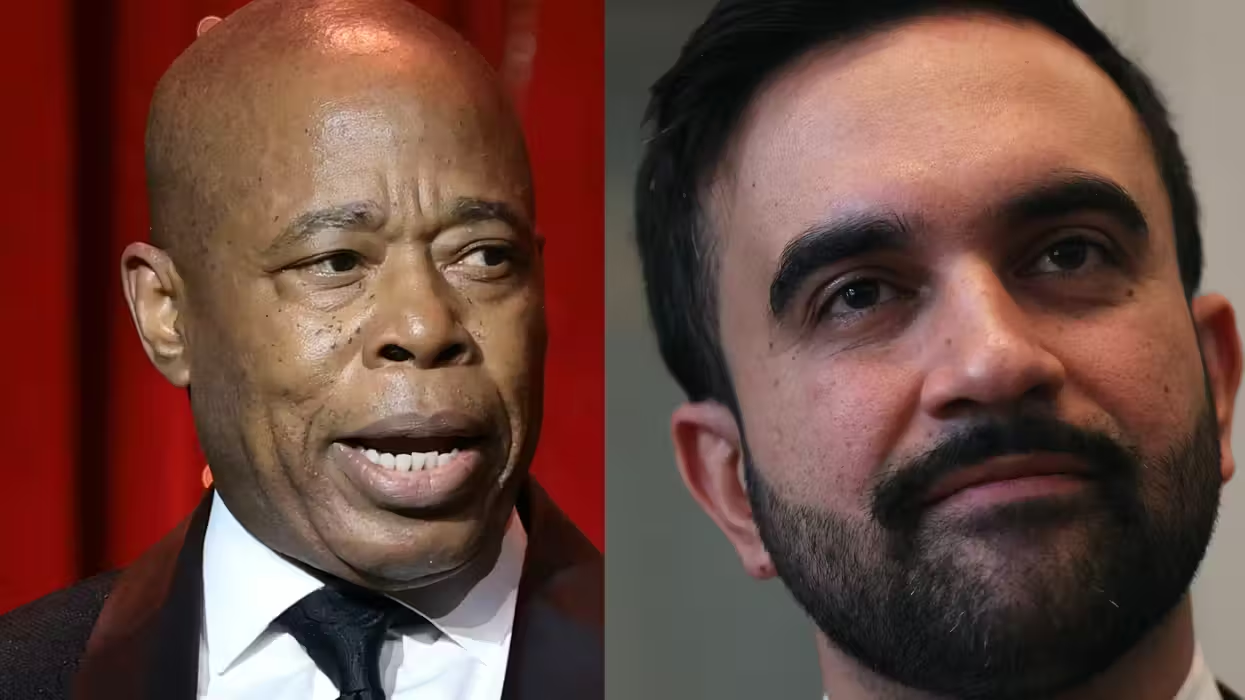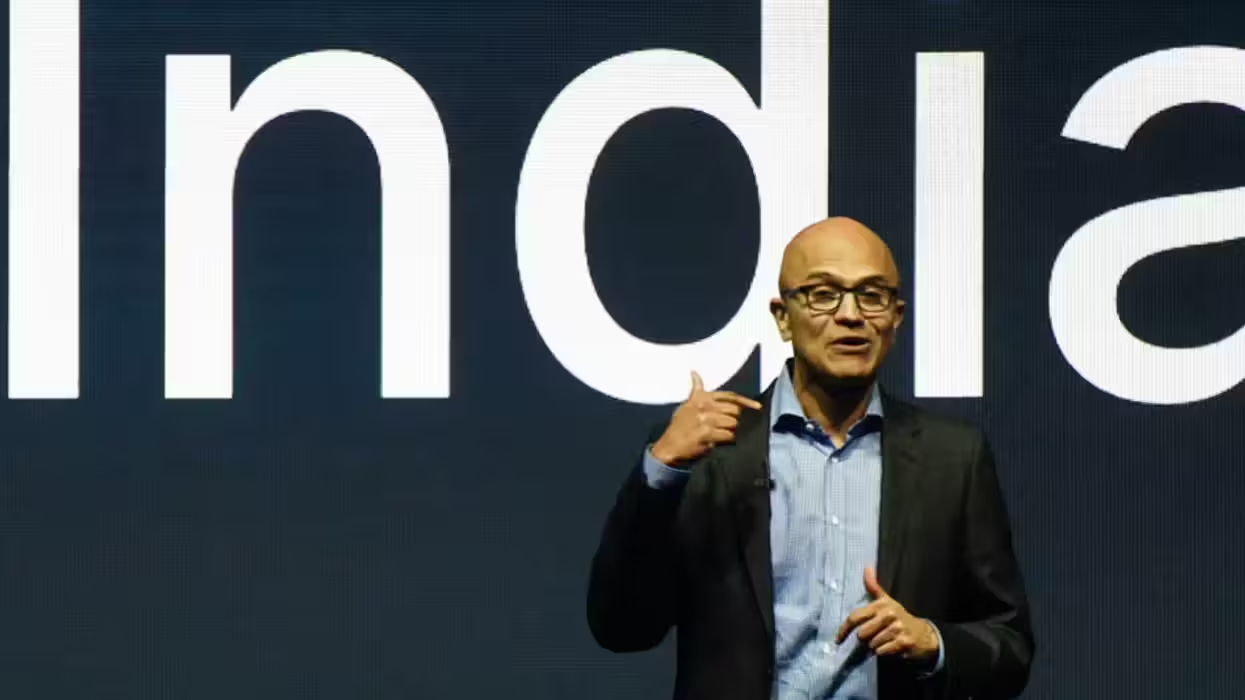The question of whether to reopen schools for in-person instruction is split sharply down party lines, with Republicans mostly in favor of reopening, and Democrats mostly wanting them to remain closed for the foreseeable future, an ABC News/Ipsos poll showed.
The country is deeply divided over how to proceed with schools, with 55% of respondents opposed to reopening in the fall. At the same time, 59% of parents say they're concerned about their children falling behind because of school closures.
Most Republicans, 79%, support schools reopening in the fall, while most Democrats, 78% want schools to operate remotely during the fall semester. Most schools across the country closed in the second half of March or early April in the spring.
CDC Director Robert Redfield has said it is "critically important for our public health" for schools to open, and that he would be comfortable sending his own grandchildren back to school under the current circumstances.
The CDC released new guidelines on Thursday that gives schools advice on how to reopen with students in-person in a safe manner.
Redfield has sought to change the conversation around reopening by highlighting the public health concerns that arise if schools are closed for too long.
"It's not public health versus opening the school versus reopening schools and the economy. It's public health versus public health," Redfield said, according to The Hill.
From the CDC website:
Parents are understandably concerned about the safety of their children at school in the wake of COVID-19. The best available evidence indicates if children become infected, they are far less likely to suffer severe symptoms.[1],[2],[3] Death rates among school-aged children are much lower than among adults. At the same time, the harms attributed to closed schools on the social, emotional, and behavioral health, economic well-being, and academic achievement of children, in both the short- and long-term, are well-known and significant. Further, the lack of in-person educational options disproportionately harms low-income and minority children and those living with disabilities. These students are far less likely to have access to private instruction and care and far more likely to rely on key school-supported resources like food programs, special education services, counseling, and after-school programs to meet basic developmental needs
According to the CDC, people under the age of 18 account for nearly 7% of cases and less than 0.1% of COVID-19 deaths in the United States.
"So far in this pandemic, deaths of children are less than in each of the last five flu seasons, with only 64," the CDC information reads.







